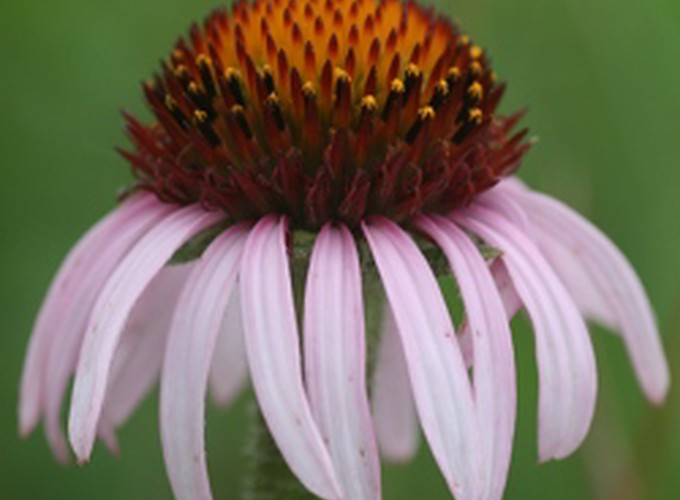Acknowledgements:
This is a project I started when I worked as a technician for the Echinacea Project, which is a research group headed by Stuart Wagenius at Northwestern University/The Chicago Botanic Garden that investigates the effects of habitat fragmentation on the narrow-leaved purple coneflower, Echinacea angustifolia. I only collected a tiny smidge of the data that are necessary for this type of analysis so many thanks to all the hardworking students who collected the rest of the data, and to Stuart for helping with the analysis.
Preamble
Flowering phenology, or the timing of flowering, has long been a trait studied by scientists, given it’s importance for plant reproduction and fitness. Plants that rely on pollen from other plants (“obligate outcrossers”) must flower at the same time other individuals to successfully reproduce. Moreover, if plants rely on pollinators to transfer said pollen then they must ensure that they are flowering at the same time that their pollinators are active.
Echinacea angustifolia (hereinafter just Echinacea) is an obligate outcrosser and relies on pollination. It is also a perennial that often flowers multiple times throughout its life, but not necessarily in consecutive years. Plants are usually at least 3 years when they flower for the first time, but sometimes they are more than 15 years old when they flower for the first time. It quickly gets complicated.
We know that Echinacea individuals that flower earlier have higher fitness (i.e. higher seed set), which is a common trend across plant species. However we were curious to see if plants were consistent in their flowering phenology. In other words, are the same individual plants flowering earlier each year and therefore having the highest fitness?
Results of analysis
This work will be published eventually and when it does I will put the link right here!
